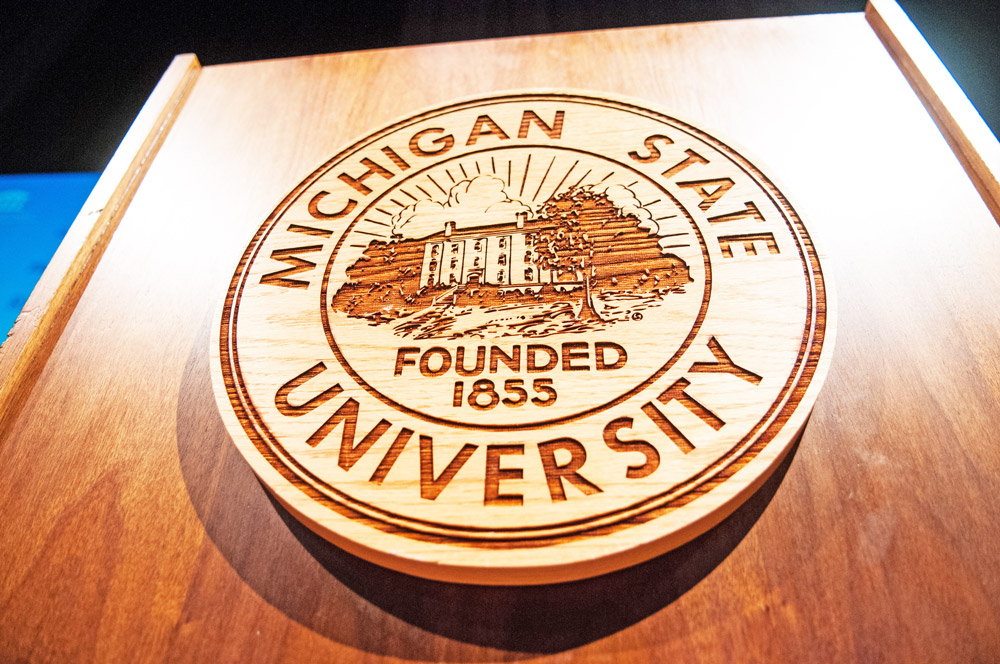From the miles of fiber connecting the campus network to the tech carts in classrooms utilized to deliver instruction, technology is integral in providing more than 400 academic programs offered at Michigan State University. In addition to the contributions technology makes to the university’s academic endeavors, its function is also vital to the daily operations of all administrative units.
Managing those services efficiently and effectively takes a robust service management system. MSU Information Technology launched TeamDynamix (TDX) in the spring of 2023 to enhance its service delivery and establish an enterprise solution for service, project, and portfolio management.
“Since its launch, TDX has enhanced the way we manage our IT services, fostering collaboration and efficiency across the organization,” said Interim Vice President and CIO Rich Czarnecki. “It has improved both user experiences and university operations across the full spectrum of service and project management, realizing efficiencies in request processes, administration, tracking, reporting, metrics, and more.”
MSU IT was the third unit on campus to adopt TDX, joining Student Life and Engagement (SLE) and the Office of Health Services (OHS). IT’s adoption of the technology allowed for a campus enterprise license, which immediately provided significant initial cost savings — $408,000 annually — and offers zero product licensing costs, creating opportunities to scale to additional interested units.
While the cost savings are significant, the full impact of this stewardship and sustainability effort includes the consolidation and retirement of old IT services, such as CA Service Desk, CA Project and Portfolio Management, and Information Security Automation Solution. Using one tool for these functions helps create a better and more cohesive user experience. In the future TeamDynamix may be adopted and used by other units on campus.
“Faculty, Students, and Staff all have a different experience for each MSU unit that they engage with to consume services,” said Scott TerMeer, Associate Director IT Portfolio & Finance Services. “From requesting service to calling a service desk and submitting a help ticket, each unit uses a different system with a different workflow. TDX provides an opportunity for a similar experience.”
Many departments on campus use solutions that require manual processing of forms to manage service requests and resolve issues. Transitioning to an automated tool will save them significant human resource effort and improve user experience.
“The TeamDynamix product solution provides an opportunity for shared cost and consistent experiences across adopting units,” Czarnecki said. “Consolidation improves metrics across campus regarding projects, service requests, and tickets. It is not a University CRM but starts to pull together information about experiences across campus.”
SLE Information Services, known as RHS Information Services at the time, instituted TeamDymanix in 2017 after struggling with a “home-grown” service request system.
“We were immediately able to realize the benefits of improved customer communications and tracking of requests,” said Laurence Farmer, a dedicated SLE IT support team member. “The asset tracking system was a monumental improvement, plus we can use the system to track contracts and purchases.”
Farmer said SLE expanded TDX’s use for the division as an enterprise service management and process automation tool. In the fall of 2020, the Residence Education and Housing Services department wanted to track calls to their Covid Response call center, so the team set up a call logging ticket system for them in a day or two.
“This quickly grew from logging calls to a system to track students in quarantine and isolation, those needing meals delivered, and students needing rides,” Farmer said. “In the spring of 2022, we no longer needed the service and could discontinue its use, having cost the division nothing beyond a few hours of labor to set it up. We continue to find new ways to use TDX to improve communications and efficiency for the division regularly.”


